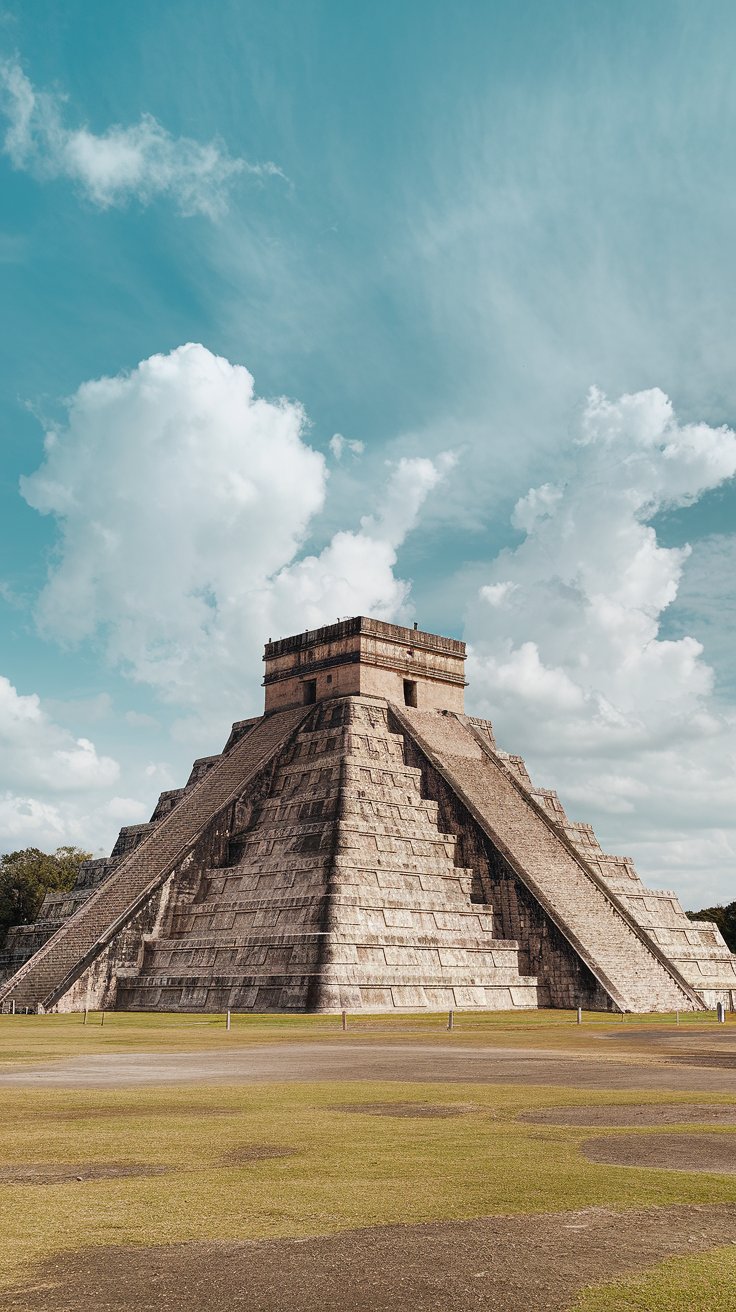Long before Spanish ships appeared on the horizon, several advanced civilizations thrived across what is now Mexico. These cultures left behind incredible relics—none more captivating than the pyramids they built in honor of their gods, planets, and animals. These awe-inspiring structures, featured in movies and visited by pop culture icons like Indiana Jones, remain a testament to ancient ingenuity and architectural mastery. Below is a closer look at some of Mexico’s most famous pyramids and the cultural significance they held for those who built them.
7. Pyramid of the Niches (El Tajín)
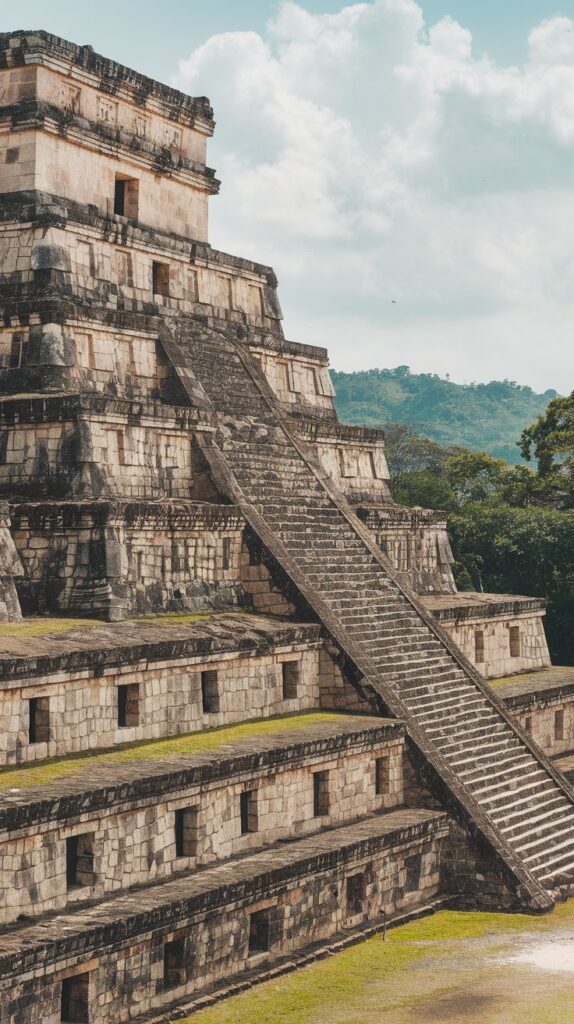
El Tajín, founded by the Classic Veracruz culture, was a major coastal city between 600 and 900 AD. Its most iconic structure is the Pyramid of the Niches, a 20-meter-tall masterpiece built in seven tiers. What sets this pyramid apart is its 365 decorative niches—believed to represent the solar calendar—carved into its walls. Originally painted deep red with the niches in black, the design created a dramatic interplay of light and shadow. This unique aesthetic still captures the imagination of all who visit.
6. The Great Pyramid (Calakmul)
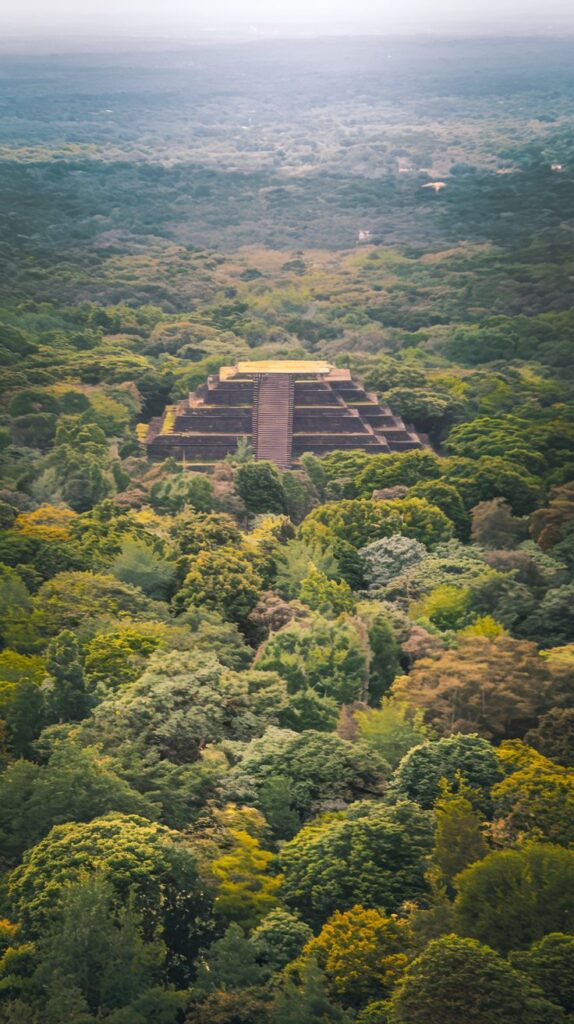
Tucked deep in the Yucatán jungle, Calakmul was one of the mightiest Mayan cities and a fierce rival of Tikal. The Great Pyramid here is among the largest in the region and houses four royal tombs within its massive structure. Dense rainforest surrounds the site, which lies inside the Calakmul Biosphere Reserve. Wildlife is abundant—howler monkeys and exotic birds provide a living soundtrack to this ancient wonder. Exploring this pyramid feels like stepping into a hidden world lost in time.
5. Nohoch Mul Pyramid (Coba)
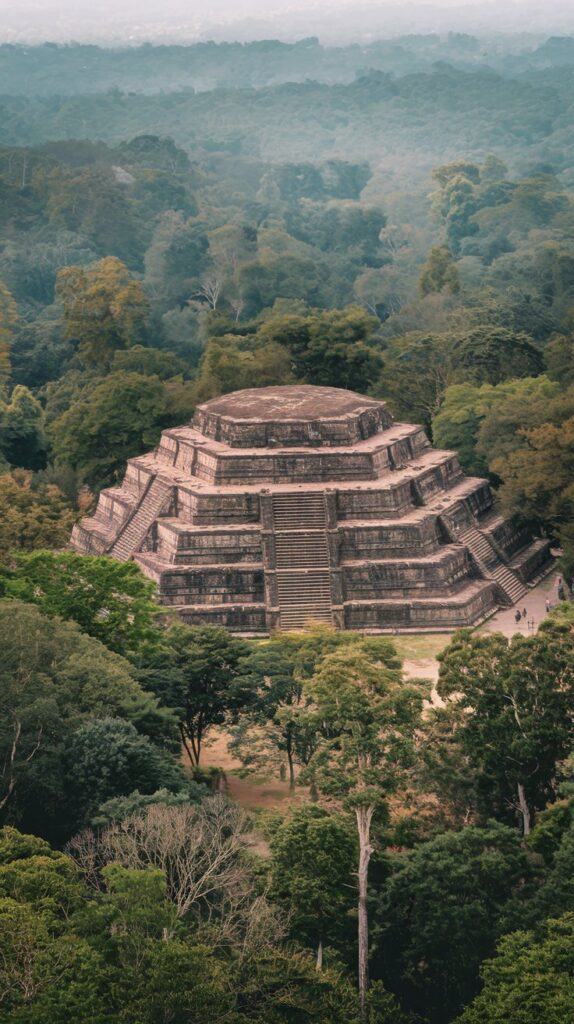
Located in the vast Coba ruins, Nohoch Mul is the tallest pyramid in the Yucatán Peninsula. This towering structure is part of a site believed to have supported up to 50,000 residents. Sixteen white ceremonial roads, known as “sacbes,” connect the pyramid to neighboring settlements. Its name, meaning “large hill,” is fitting for the 120 steps that lead to a breathtaking view of the jungle and twin lagoons that inspired Coba’s name—“wind over waters.” It’s an unforgettable climb for those seeking a panoramic reward.
4. Pyramid of the Magician (Uxmal)

The Pyramid of the Magician stands at the heart of Uxmal, a city whose name means “thrice built,” reflecting the layered architectural styles throughout the site. Unlike other pyramids, this one has a steep oval base and unique rounded corners. It’s aligned with the setting sun during the summer solstice and tied to Venus in Mayan astronomy. The structure symbolizes both magic and cosmic wisdom, giving it a spiritual mystique that resonates even today.
3. Pyramid of the Moon (Teotihuacan)
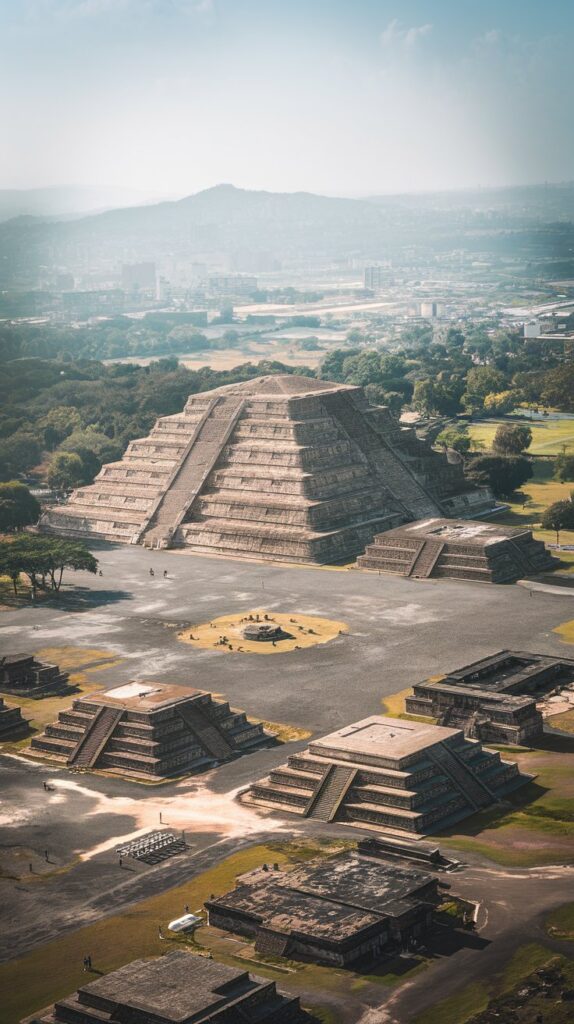
Teotihuacan—“City of the Gods”—was one of the first major urban centers in Mesoamerica. Though abandoned long before the Aztecs arrived, they gave it its present name. The Pyramid of the Moon is the city’s second-largest structure and was dedicated to the Great Goddess. Built between 200 and 450 AD, it consists of multiple pyramids stacked on top of each other, each containing its own burial chamber. Its design mirrors the shape of nearby Cerro Gordo mountain, blending nature and architecture into a sacred form.
2. Pyramid of the Sun (Teotihuacan)
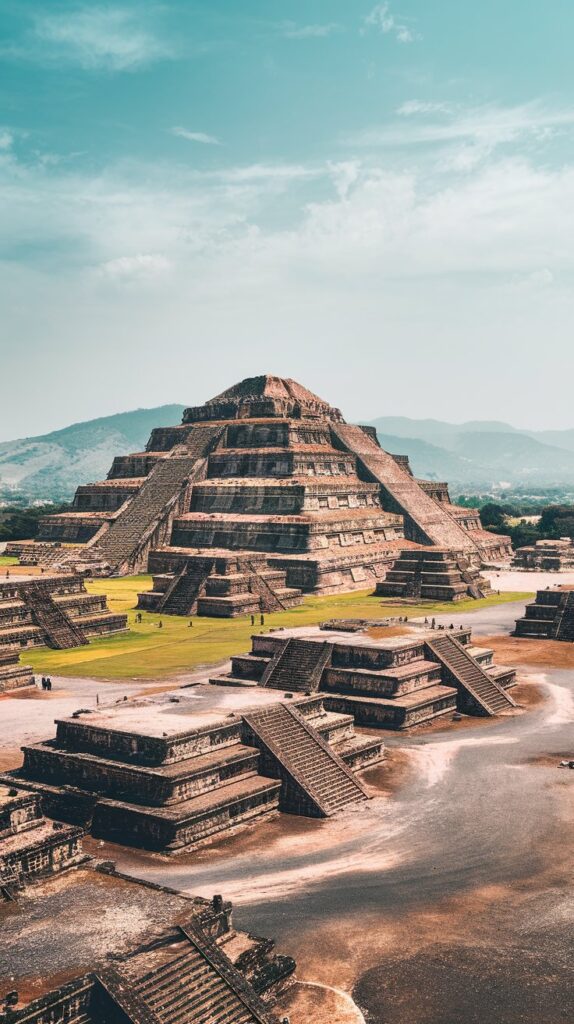
The Pyramid of the Sun is Teotihuacan’s most monumental structure and the tallest pyramid in the city. It predates all known Mayan pyramids and shares the same multi-layered construction. Deep inside, archaeologists uncovered a cloverleaf-shaped chamber believed to be used for fire and water rituals. Like its sister pyramid, it mimics the surrounding mountain ranges and is thought to have been the site of major ceremonial activities. Even centuries later, the pyramid continues to radiate mystery and majesty.
1. Temple of Kukulkan (Chichen Itza)
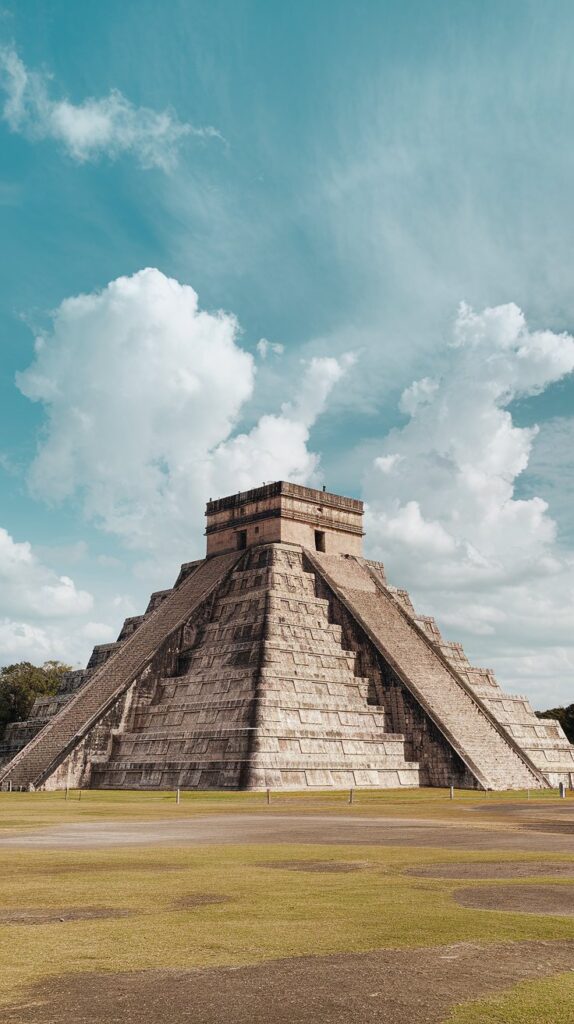
The Temple of Kukulkan—also known as El Castillo—is the crown jewel of Chichen Itza and perhaps the most famous pyramid in Mexico. Dedicated to the feathered serpent god Kukulkan, this pyramid is a marvel of mathematical and astronomical precision. During the spring and fall equinoxes, the setting sun casts a shadow that resembles a serpent slithering down the staircase. Even the structure’s step count—91 on each side, plus the top platform—totals 365, symbolizing the days of the year. It’s a powerful blend of art, science, and spirituality that continues to leave visitors in awe.
These remarkable pyramids aren’t just ruins—they’re windows into civilizations that shaped the history of the Americas. With every stone and shadow, they tell stories of power, belief, and brilliance that have stood the test of time.

